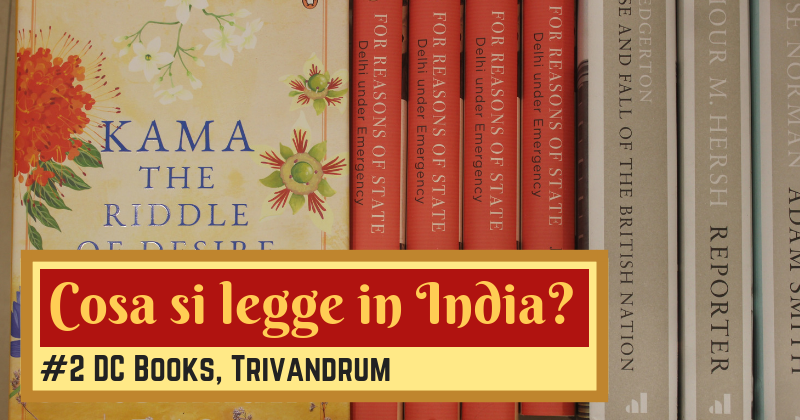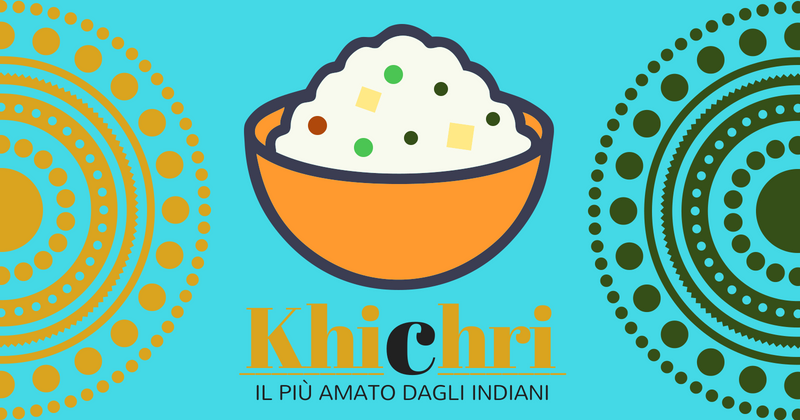Gruppo Zenit è stata una fra le prime aziende italiane di Information Technology a collaborare quotidianamente con l'avanguardia tecnologica del subcontinente indiano. Da questo rapporto è nato un magazine dedicato a chi vuole orientarsi fra gli usi e i costumi di un Paese ricco di storia e di cultura, di contraddizioni e di opportunità di sviluppo e dove tutto, dal passato al futuro, è sempre presente. Un Paese da scoprire visitandolo, lavorandoci o anche soltanto leggendo le storie e i suggerimenti che abbiamo raggruppato per voi in sei categorie che faciliteranno la ricerca e la consultazione:
VIAGGI Luoghi, monumenti, alberghi e mezzi di trasporto
CULTURA Dal cibo ai costumi, tutto quello che fa India
FESTE Eventi e festival in India e in Italia
MITI Storie, leggende e racconti da un Paese incantato
NEWS Numeri, notizie, curiosità dall' India
STAMPA L'India vista dall'Italia
Pagina non trovata
Ci dispiace, ma la pagina che stavi cercando non esiste.
Sembra che questa pagina sia la conseguenza di:
• un indirizzo compilato male
• l'indirizzo di una vecchia pagina che non esiste più
Per andare alla nostra Home Page clicca qui
PRIVACY POLICY
Come impieghiamo i Cookie
I cookie sono piccole stringhe di testo che il browser memorizza quando lutente visita un determinato sito internet, incluso il nostro. I cookie sono generalmente utilizzati dai siti internet per migliorare lesperienza di navigazione dellutente, consentendo al sito web di riconoscerlo, sia per la durata della visita (utilizzando un cookie di sessione che sar cancellato alla chiusura del browser) sia in caso di successive visite (utilizzando un cookie permanente). Per sapere di piu sui cookies, per favore visitate il sito web dedicato, che trovate di seguito riportato accanto al paese di
COOKIE POLICY
Come impieghiamo i Cookie
I cookie sono piccole stringhe di testo che il browser memorizza quando lutente visita un determinato sito internet, incluso il nostro. I cookie sono generalmente utilizzati dai siti internet per migliorare lesperienza di navigazione dellutente, consentendo al sito web di riconoscerlo, sia per la durata della visita (utilizzando un cookie di sessione che sara cancellato alla chiusura del browser) sia in caso di successive visite (utilizzando un cookie permanente). Per sapere di piu sui cookies, per favore visitate il sito web dedicato, che trovate di seguito riportato accanto al paese di
Utilizziamo cookie analitici e di advertising di terza parte per analizzare la navigazione degli utenti sul sito.
Per acconsentire allutilizzo dei cookie clicca sul pulsante Accetto.
Per avere maggiori informazioni e negare linstallazione dei cookie, consulta la nostra privacy policy e la nostra cookie policy.
© Gruppo Zenit S.r.l. - Tutti i diritti riservati - P . IVA 02643670033
© Gruppo Zenit S.r.l. - Tutti i diritti riservati - P . IVA 02643670033




